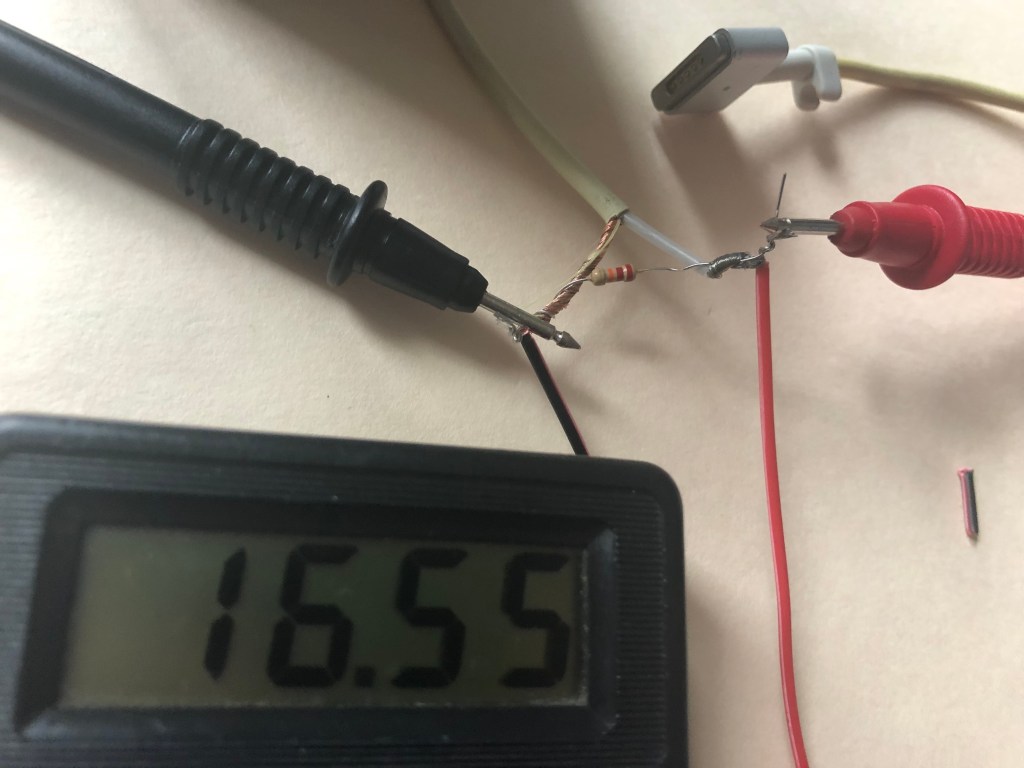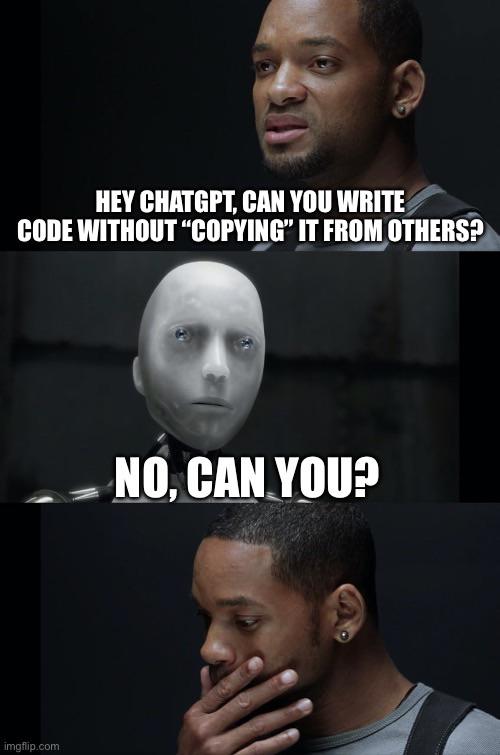INGREDIENTS:
12-14 Persian cucumbers or 8-10 pickling cucumbers
4 garlic cloves, halved
2 teaspoons of mustard seeds
2 teaspoons of peppercorns
a few good-sized dill springs, per jar
2 cups of water
2 cups of distilled white vinegar
1/4 cup of cane sugar
2 tablespoons of sea salt
INSTRUCTIONS:
- To make dill pickle spears, slice the cucumbers lengthwise into quarters. To make dill pick chips, thinly slice them horizontally
- Divide the cucumbers among 4 (8-ounce) or 2 (16-ounce) jars. Divide the garlic, mustard seeds, peppercorns, and dill springs among each jar.
- Heat the water, vinegar, sugar, and sea salt in a medium saucepan over medium heat. Stir until the sugar and salt dissolve, about 1 minute. Let cool slightly and poor over the cucumbers. Set aside to cool to room temperature, then store the pickles in the fridge.
- Pickle spears will be lightly pickles in 2 days, but the best flavor will start to develop around day 5 or 6. Pickle chips will be lightly pickled in 1 day, and will become more flavorful every day after that. Store in the fridge for several weeks.









 Check out my run on Strava.
Check out my run on Strava.